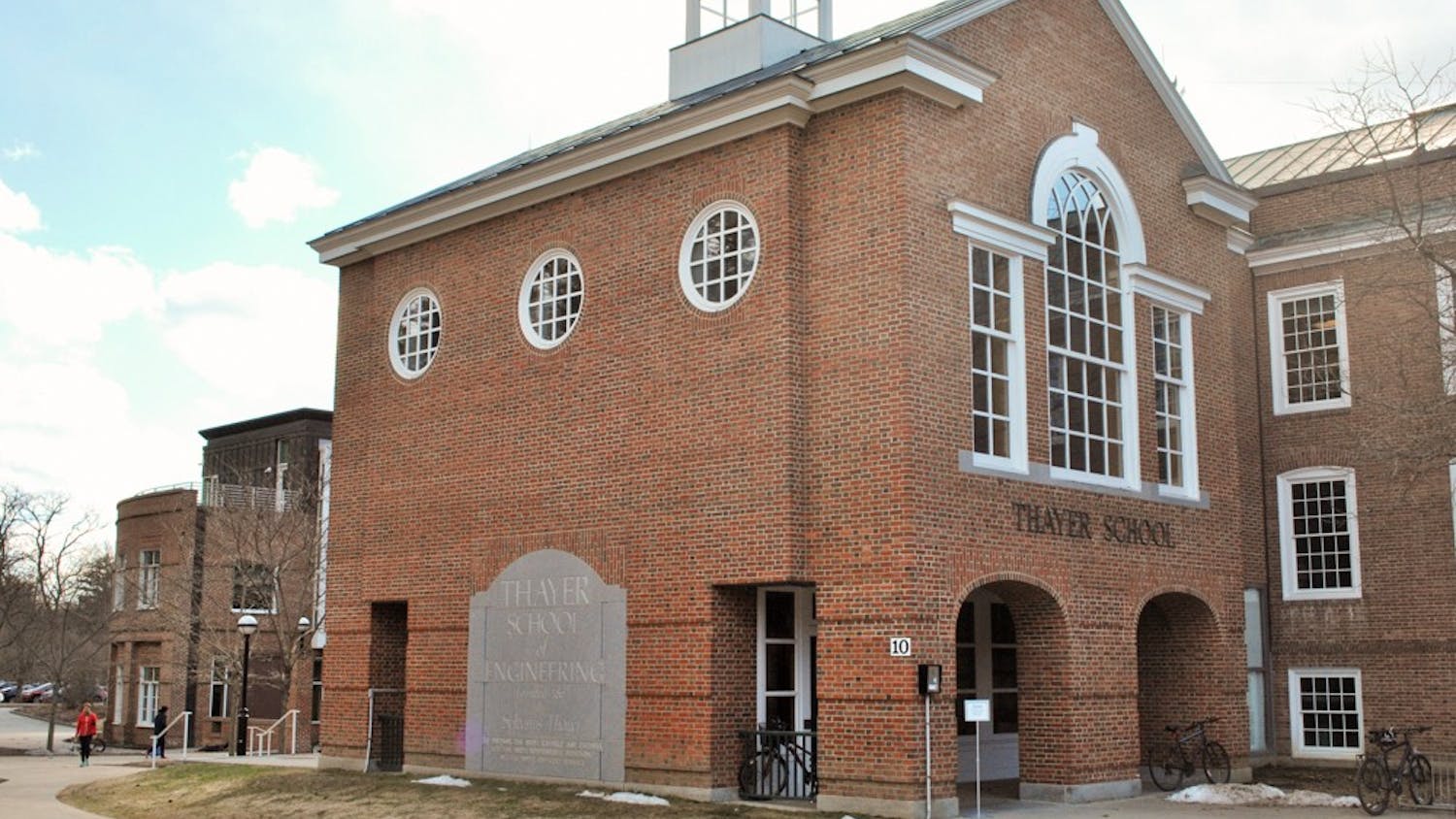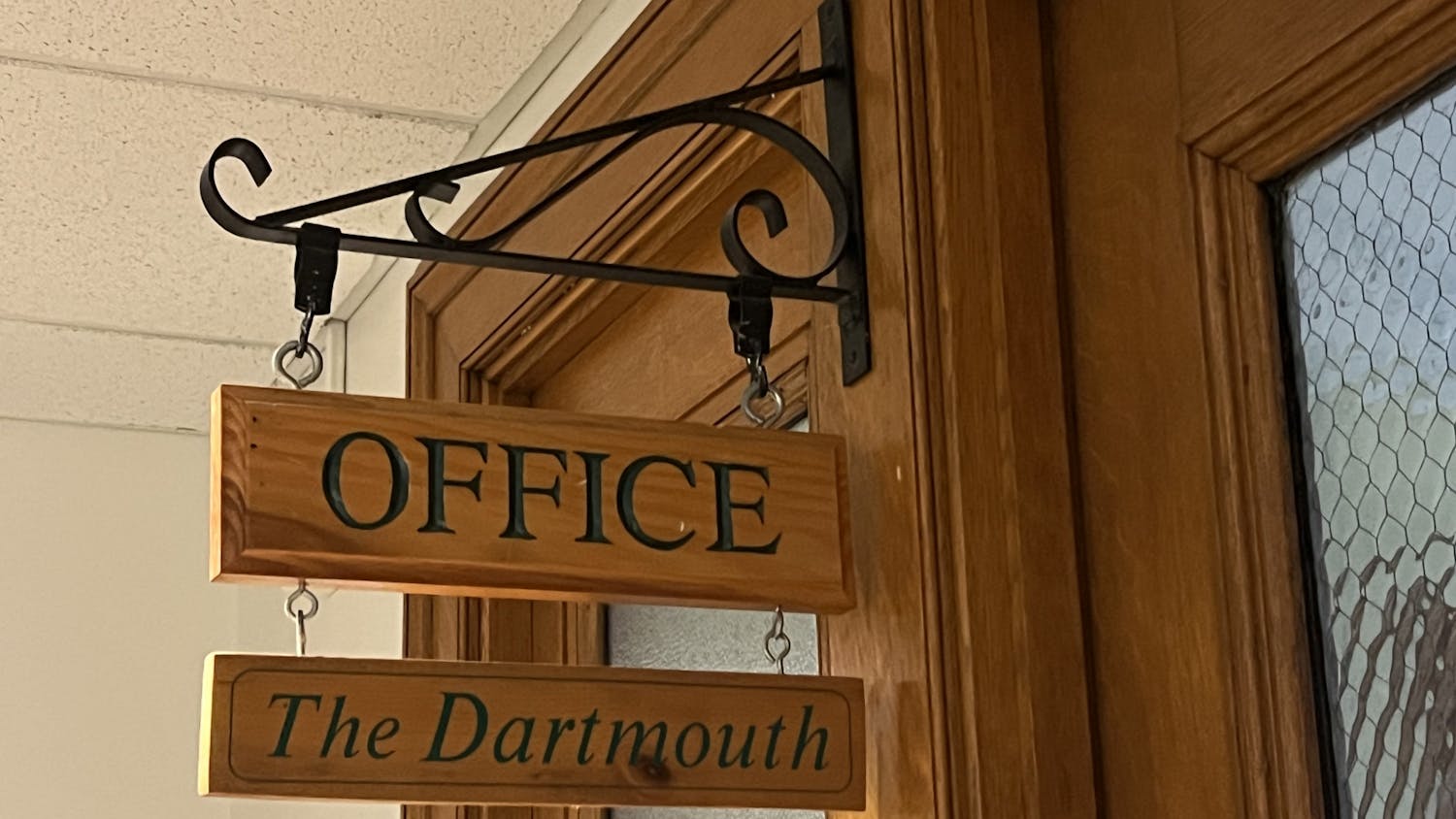Students have long casually poked fun at the College's social norms program, renowned for distributing colorful posters and free Nalgene water bottles with information on alcohol use at Dartmouth. But this year, undergraduate mathematics students and one professor have charged that the program's most popular claim is inaccurate and misleading.
In the most visible highlight of this year's program, health educators from Dick's House conducted an alcohol screening process and provided students with free Nalgene bottles afterward. The bottles were inscribed with the message: "87 percent of Dartmouth students don't feel the need to drink in order to 'fit in.'"
Peter Doyle, a mathematics professor who teaches courses on applied probability, introduced these social norms statistics to his class and received immediate interest from students who doubted the veracity of the College's claims.
Kailin Kroetz '05 said she found the statistic promoted on the Nalgene bottle to be inconsistent with the administered survey.
"After looking at the statistics in class, the quote on the bottle is an inaccurate and misleading interpretation of the results of a survey," Kroetz said.
According to Kroetz and others of the survey's critics, the statistic is inaccurate because of the possible sample bias of those who responded to the online survey.
The study, first conducted in 1999, was given online. A randomly selected group of 1,200 students received e-mails asking them to voluntarily complete the 100-question survey. About 50 percent of those students answered the survey, raising questions about how much survey respondents drink in comparison with non-respondents.
The message on the bottle comes from responses to a question designed to understand why Dartmouth students decide to drink or not drink. Because only 13 percent of students agreed with the statement, "I drink to fit in with a group I like," Dick's House alcohol educators interpreted that the remaining 87 percent of students do not feel they need to drink to fit in with their friends.
The message on the Nalgene bottle was then crafted as a result of Dick's House focus groups assessed the believability of the statistic.
According to Ryan Travia, coordinator of the College's alcohol and other drug education programs, after the data from the survey is tabulated and analyzed, he presents the data to "creative groups" consisting of students, advisors and community members. The group discusses the survey's results and creates messages to promote low-risk of alcohol use.
"The groups created over 30 'believable' messages from the data," Travia said. "Before the marketing process, we did a message testing phase, asking 300 students to comment on believability and understanding of the message. The message on the 2004 Nalgene bottle was one of seven 'believable' messages."
The portrayal of these messages through campus media, such as posters, e-mails and announcements seeks to reassure students, parents and faculty that current policies exist on campus to reduce the level of drinking.
But Erin Anderson '04 was not fooled by statistics pertaining to the role of drinking at Dartmouth, claiming that adverbs in survey questions are difficult to define and often open to interpretation.
Anderson, however, carries a 2001 social norms campaign Nalgene bottle, and believes it serves a useful purpose in making people think about drinking.
"Paraphernalia that are distributed for the campaign serve as interesting conversation topics and get people talking and debating about alcohol at Dartmouth and its pros and cons," Anderson said. "I have talked with people both at Dartmouth and out-of-state who read my Nalgene and commented on it."
College students are notorious for maintaining the highest rate of heavy drinking in any segment of society, causing increasing rates of disruption, violence and assault.
A 2003 study by the Harvard School of Public Health found that more and more universities resort to social norms marketing in hopes of reducing campus drinking.
However, the study did not find sufficient evidence to support the effectiveness of social norms marketing programs in reducing alcohol use.
It remains in question, then, why Dartmouth and other universities participate in social norm marketing when alcohol consumption is not shown to be reduced.
"We understand that social norms design does not work for everyone, so we don't put all our eggs in one basket," Travia said. "We try to reach out to folks not just to screen for alcohol dependency but to make other resources available pertaining to tobacco and other substances that may benefit students and peers."



